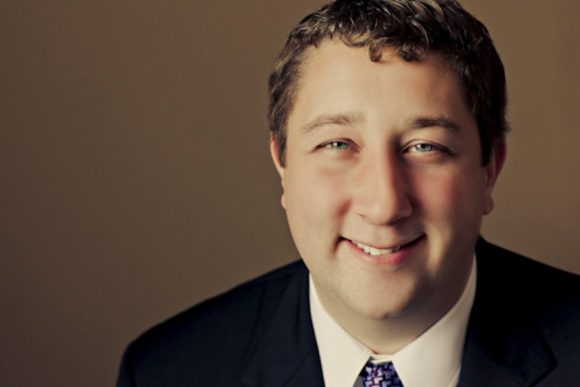With the latest news that unemployment is at its lowest in 54 years, we thought it was important to post this favorite episode about how to hire the employee who fits correctly for a specific position.
Our guest on the podcast today is Brian Balasia, CEO and Co-Founder of TalentEi, a company that produces a software platform that matches employers and job seekers across a variety of sectors. Brian says the platform enables companies to hire superior people, more quickly, and at a better price than traditional hiring methods such as job descriptions and resumes.
Find us on Social:
Facebook: https://www.facebook.com/swarfcast
Instagram: https://www.instagram.com/swarfcast/
LinkedIn: https://www.linkedin.com/company/todays-machining-world/
Twitter: https://twitter.com/tmwswarfblog
Main Points
TalentEi’s software platform surveys hiring managers, asking them what they are looking for in a particular role. In addition to the obvious information like how many years of experience a candidate should have, the system asks managers questions about the day to day experience and the particular tasks the job requires. An example question would be asking if candidates are expected to learn things on their own, or if will they be receiving continuous coaching and instruction.
When people apply for jobs on an employer’s website or on sites such as Indeed, their contact information goes into TalenEi’s database. Then TalentEi contacts the candidates and asks them to answer a series of questions tailored specifically for that position. After collecting data from employers and candidates TalentEi’s software places applicants into the spots where it feels they have the best chance to succeed at a company. It has the power to pinpoint positions at a company that management may have overlooked. It can even find job openings at different facilities if the company has multiple locations.
Brian says there is a lot of waste in a traditional hiring system. TalentEi sets out to eliminate the waste using a system with common characteristics to the Toyota production model. He says contrary to what tons of employers are saying right now, there actually are a lot of good job candidates out there, but they are being overlooked or falling through the cracks when there are a high number of applicants.

One type of waste TalentEi tries to limit Brian calls queueing waste. It occurs when a company receives an abundance of job candidates. If a company has 100 spots and 200 applicants, it ends up choosing candidates in the order they apply, plugging them into arbitrary roles at the company simply because they are vacant. This type of hiring neglects to understand applicants’ strengths and needs, which results in placing them into jobs where they are not suited or they will not enjoy. Many people who could have been successful hires for a certain occupation turn out to be failures just because they were placed in the wrong shift. Queuing waste also occurs when good people are skipped over because they were so far at the back of the line of candidates they never got a chance to be evaluated.
Employer bias is another cause of hiring waste that TalentEi tries to limit. It occurs when hirers come in with preconceived notions about why a candidate would or would not be a good fit for a company. Brian talks about one manufacturing company that decided they only wanted candidates with “prior manufacturing experience.” The problem was that there are so many different types of manufacturing companies and so many types of jobs in manufacturing companies. Many of the people the company hired because of their past manufacturing experience ended up being poor fits for their positions. Meanwhile, many qualified candidates who didn’t have past experience in manufacturing but could have been great fits in the company were passed over. Brian says it’s not uncommon for an employer to decide against interviewing a candidate simply because they were worried they couldn’t pronounce the candidate’s name correctly. The hirer, already bombarded with resumes, picks someone else to interview because it was hard to differentiate among any of the resumes in the first place.
Brian says placing job candidates in positions they enjoy is a key goal for TalentEi. The company has found that when employees enjoy what they do, they do good work and don’t leave. The objective is to place people in jobs that fit their needs and strengths as well as satisfy the requirements of the companies that are hiring. The software takes into account things such as working hours, commute length, if the job requires social skills, if it requires patience to do one thing repeatedly. Brian says the key to his company’s success is that it attempts to treat applicants as individuals and people, rather than commodities.
Question: Are live job interviews unnecessary in your experience?
Podcast: Play in new window | Download




1 Comment
I feel the need to comment on this huge topic. Full disclosure, I know the company and Brian very well. Brian and the entire TEi team have truly solved the staffing, talent acquisition and diversity and inclusion issues. He has eliminated the chaos and inefficiencies that all of the staffing websites like Indeed, Career Builder, LinkedIn and Zip Recruiter create. They all use key word search matching robots that connect generic non specific job descriptions to reverse engineered resumés, delivering thousands of time consuming and useless resumés. The TEi solution actually addresses the specificity of the job and the specificity of the human to connect the right person for the job, to the right job. This system reduces job placement times from the typical 45 days to 3.
For those looking to hire, or be hired, well worth looking into this. I use it exclusively when hiring full time and contingent labor.